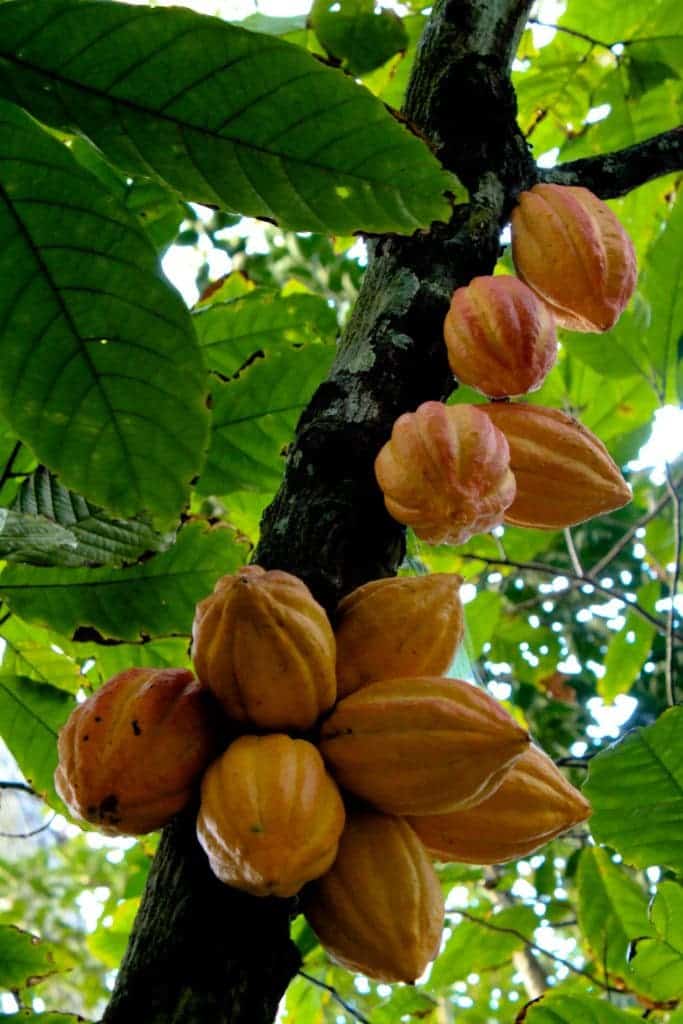Chocolate and mankind go back a really long time — thousands of years. A new study reports that cacao, the plant from which chocolate is made, was domesticated 1,500 years earlier than previously thought, and in South rather than Central America.

Theobroma cacao is not an inconspicuous tree — the yellow-orange fruits would probably look intriguing to any pair of eyes, but few could guess just what lies inside of them. The pod contains 20 to 60 seeds, usually called “beans”, embedded in a white pulp — and these seeds are the main ingredient of chocolate. The pulp can also be used to make juice and cacao-based cakes or jelly.
But way before chocolate took on the familiar form we know today, cacao beans were used by pre-Columbian Mesoamerican cultures both as currency and to make non-sweet chocolate drinks consumed during feasts and rituals. At one point, the Aztec empire would take its tribute in cacao beans, with 80-100 beans buying a new cloth mantle.
Archaeologists have found evidence that the crop has been used for at least 3,900 years in Central America, suggesting that the plant was first domesticated there. However, genetic evidence shows that the highest diversity of T. cacao (and other related cacao species) is found in equatorial South America, which also hints that this may actually be where the domestic crop originated.
So researchers aren’t really sure where and when cacao was domesticated — and this is where the new study comes in.
Michael Blake and colleagues from the University of British Colombia studied ceramic artifacts from Santa Ana-La Florida, the earliest known site of Mayo–Chinchipe culture, which was occupied for at least 5,450 years.
“We collected 181 separate samples from approximately 100 artefacts, including whole and partial ceramic vessels, stone bowls, stone mortar and one stone pestle,” the researchers write in the study.
They found evidence of starch grains specific to Theobroma — particularly, residues of theobromine, a bitter alkaloid found in T. cacao but not its wild relatives, as well as fragments of ancient DNA which were traced back to T. cacao. This not only shows that the plant was domesticated 1,500 years earlier than believed, but also that it was domesticated in South rather than Central America.
“Our findings support the hypothesis that Theobroma cacao was domesticated in South America at least 1,500 years [..] before it was moved into Central America and Mesoamerica. This research constitutes the earliest evidence of T. cacao use in the Americas and reveals the upper Amazon region as the oldest centre of cacao domestication yet identified.”
The study also suggests that after it was domesticated, cacao started to slowly transition towards North, ultimately reaching Central America, where the Inca and the Aztecs gladly incorporated it.
The study has been published in Nature Ecology & Evolution. https://doi.org/10.1038/s41559-018-0697-x



